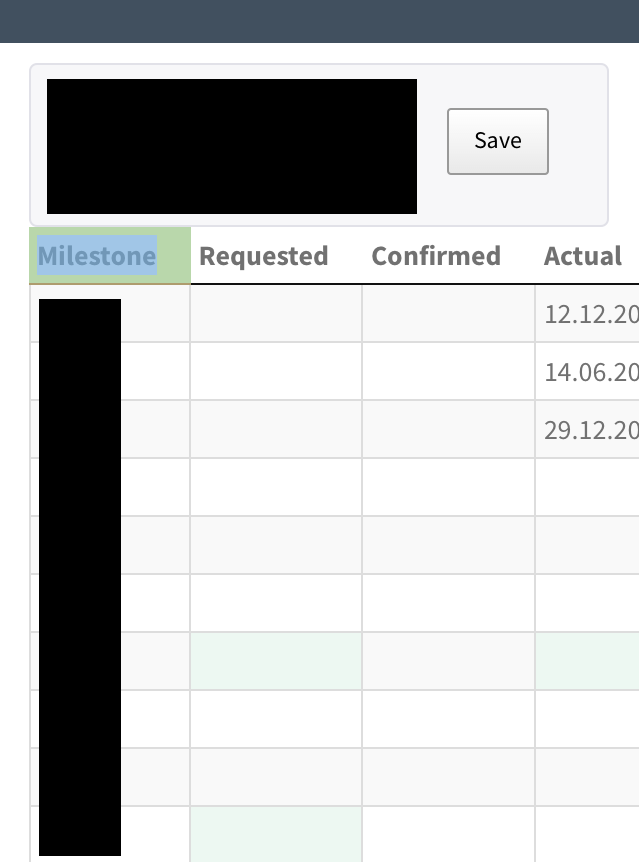

- #RESPONSIVE COLUMNS THAT FILL LEFT TO RIGHT CODE#
- #RESPONSIVE COLUMNS THAT FILL LEFT TO RIGHT SIMULATOR#
You can modify the breakpoints values using by modifying screen with theme customization (since 5.1.0, sandbox demo). Screen ≥ 1600px, could be a span value or an object containing above props
#RESPONSIVE COLUMNS THAT FILL LEFT TO RIGHT SIMULATOR#
You rotate the simulator sideways by pressing command-left (or right). Screen ≥ 1200px, could be a span value or an object containing above props Next, you layout the grid by using LazyVGrid and ScrollView. Screen ≥ 992px, could be a span value or an object containing above props Screen ≥ 768px, could be a span value or an object containing above props

Screen ≥ 576px, could be a span value or an object containing above props Screen < 576px and also default setting, could be a span value or an object containing above props Raster number of cells to occupy, 0 corresponds to display: none The number of cells that raster is moved to the right The number of cells that raster is moved to the left The number of cells to offset Col from the left Import React from 'react' import export default App Layout uses a 24 grid layout to define the width of each "box", but does not rigidly adhere to the grid layout. In other words, it can be toggled from 4-column to 3-column. It doesn’t require any first or last class and the number of columns can be adjusted base on the viewport.
#RESPONSIVE COLUMNS THAT FILL LEFT TO RIGHT CODE#
I use this trick to code the WordPress themes at Themify. You can also define the order of elements by using order. Today I’m going to share a very simple CSS trick to create a responsive column layout using nth-of-type pseudo class. The Grid system also supports vertical alignment - top aligned, vertically centered, bottom-aligned.

Our grid systems base on Flex layout to allow the elements within the parent to be aligned horizontally - left, center, right, wide arrangement, and decentralized arrangement.


 0 kommentar(er)
0 kommentar(er)
